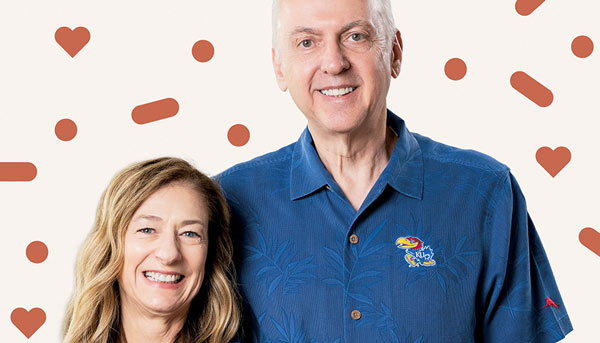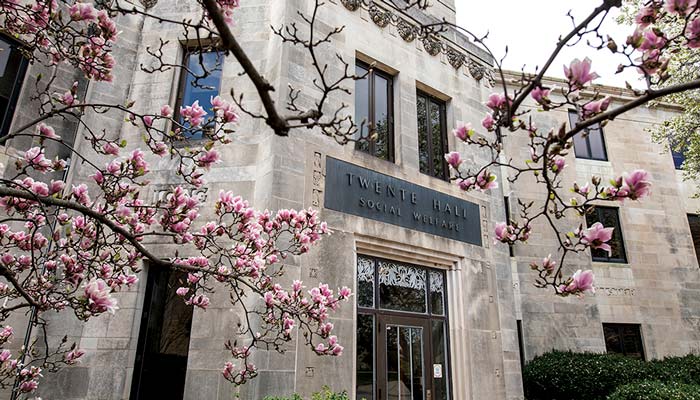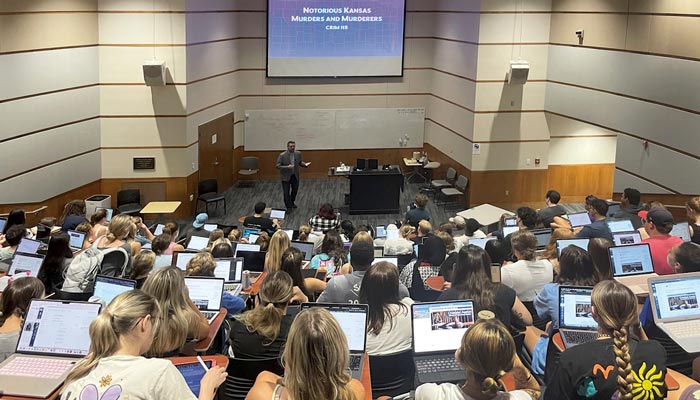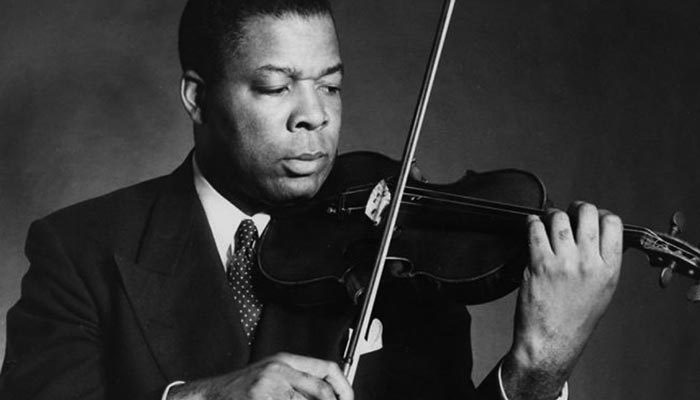Air play
In pandemic pivot, KU Theatre adapts radio drama to modern age
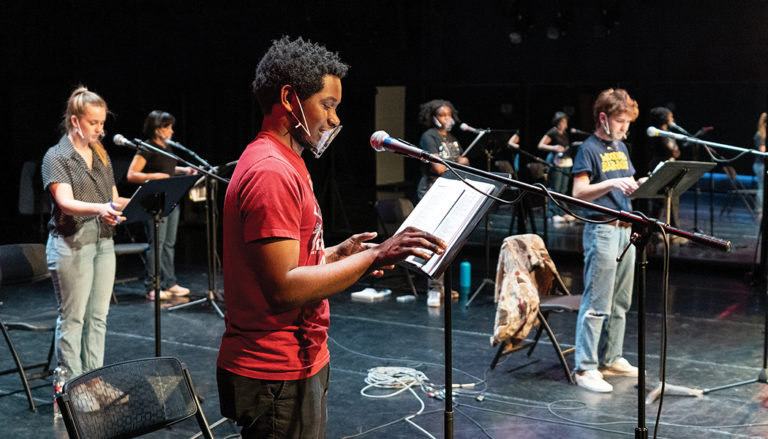
The theatre industry has been hit hard by COVID-19: In New York City alone, where all 41 Broadway theatres shut down in March 2020, ticket sales from the pandemic-shortened season amounted to only about $300 million, compared with $1.8 billion the season before.
At KU, where University Theatre mounts a half-dozen full productions in a typical academic year, faculty had to rethink plans for the 2020-’21 season.
“With COVID we can’t have an audience in our space, and we can’t really even have actors in each other’s personal space safely, so how do you keep doing what we do?” says Henry Bial, professor and chairman of the department of theatre and dance.
While many theatre companies have embraced the latest technology to ensure that the shows go on, Bial was inspired by a more historic media format: the radio drama.
“We said, ‘Well, instead of focusing on what we can’t do, what does moving to an audio format make possible that we couldn’t do otherwise?’”
—Henry Bial
In the spirit of the 1930s radio plays created by Orson Welles and his Mercury Theatre company, Jayhawk Theatre on the Air set out to present live, script-in-hand readings of contemporary plays, including works by KU playwrights, for broadcast to remote audiences.
In the process, they discovered that a pandemic pivot could be about more than just making the best of a bad situation; it could also open up new opportunities.
“For me the inspiration was not so much the ‘War of the Worlds’ scary part of it,” Bial says of the Mercury Theatre model, “but the idea that during the Depression they made theatre available via radio to people who otherwise wouldn’t be able to access it.”
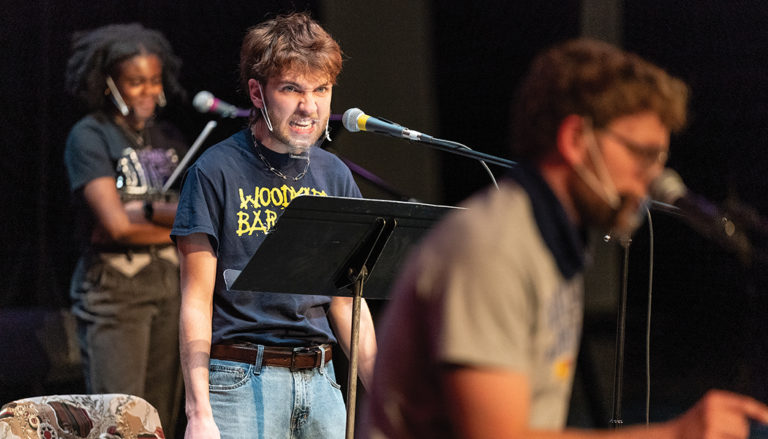
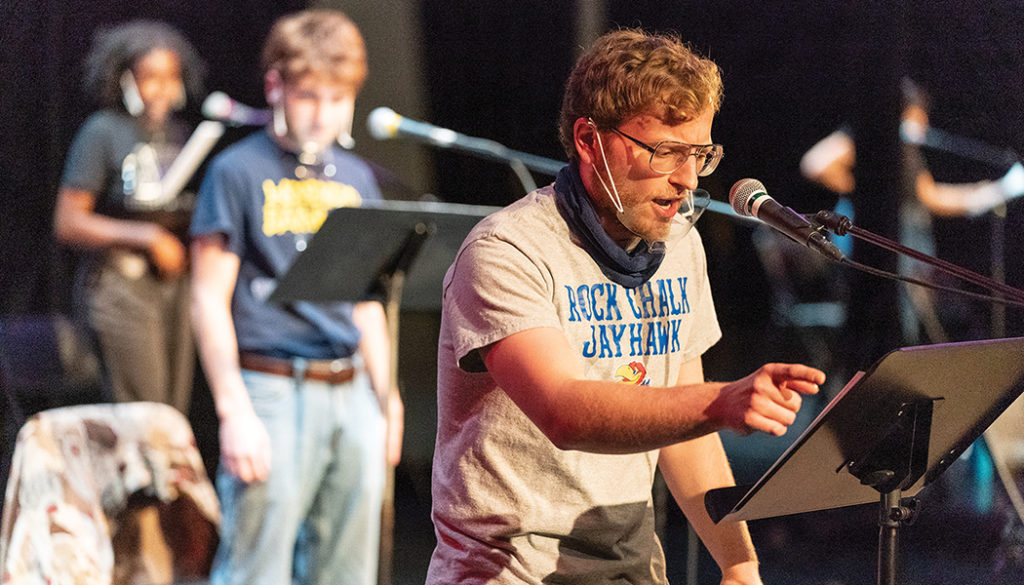
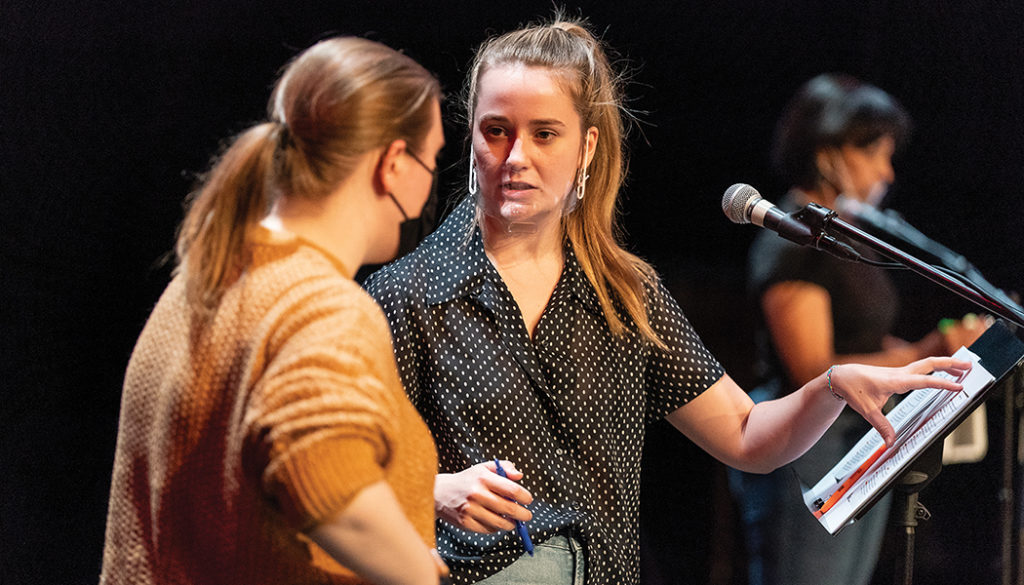
For audiences today, the biggest hurdle to access is often the high price of tickets, and that hurdle is even greater with so many people losing jobs in the past year. But there are also access problems on the production side.
“If it costs $50,000 to put on a show, producers are going to be more risk-averse,” Bial explains. “If it’s Broadway and it costs $5 million to put on a show, producers are going more for the broadest common denominator” in deciding which plays to produce.“And that’s not always where the best stories are.”
With the script-in-hand format decided, KU Theatre embraced the chance to rethink its approach.
“We said, ‘Well, instead of focusing on what we can’t do, what does moving to an audio format make possible that we couldn’t do otherwise?’” Bial says.
Because actors read directly from scripts, rehearsal time is greatly reduced, which can draw students—and, on occasion, alumni—who could not commit to five-nights-a-week rehearsals because of class or work schedules. The digital broadcast expands the potential audience for a performance and allows playwrights to participate in talkbacks with actors and audience members. The absence of sets and costumes lowers the financial investment for the theatre department, which “allows us to take a chance on newer, less recognizable work, because we don’t have to think about box office in quite the same way,” Bial says. “Lower risk economically allows us to take a bigger risk creatively.”
The second production in the Jayhawk Theatre on the Air series, “March Madness,” a work-in-progress by Darren Canady, associate professor in the graduate creative writing program, allowed students to collaborate not only with a local playwright, but also with an experienced alumni actor, Jack Wright, g’67, PhD’69, professor emeritus of theatre. “It’s a nice treat for our students to work with people they might not have had a chance to work with if we were putting on a full-blown production,” Bial says.
The scramble to salvage classroom and extracurricular activities for students is just part of the survival strategy faced by colleges and universities across the country in the past year. The same is true for KU, where in addition to Jayhawk Theatre on the Air, the department of theatre and dance also has hosted virtual dance recitals and hired established playwrights to write new monologues for KU students to perform.
It’s all part of an effort not merely to get through the logistical challenge posed by a global pandemic, but to use that challenge to find new ways of approaching age-old arts.
“We’re constantly trying to put an emphasis on, what does this give us a chance to do that we couldn’t have done before?” Bial says. “It doesn’t make up for the fact that they have to wear a mask in tap class; it doesn’t make up for the fact that we can’t have a traditional cast party or some of the other accoutrements of college life. But we’re doing what we can.”




